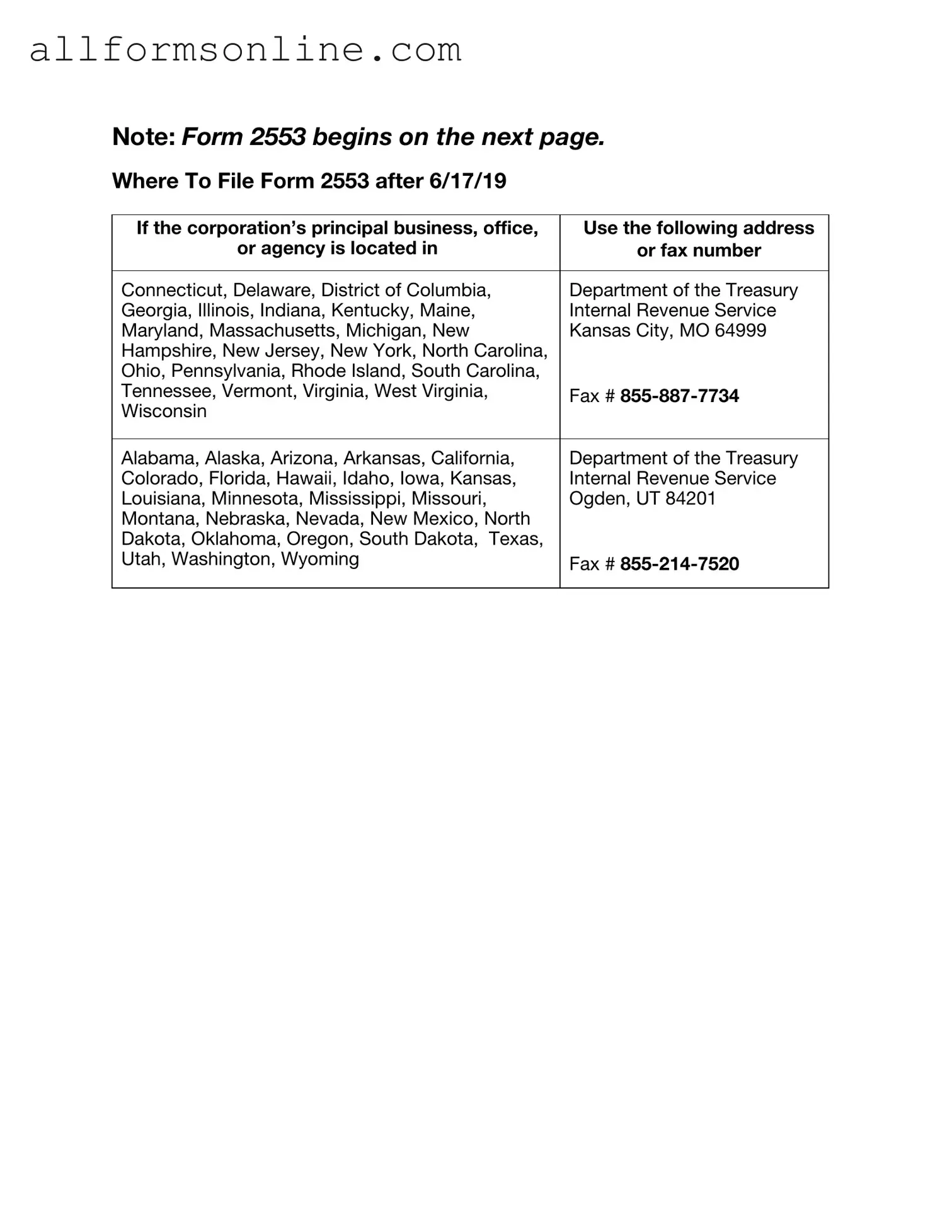What is the IRS Form 2553?
The IRS Form 2553 is a document used by small businesses to elect to be treated as an S corporation for federal tax purposes. By making this election, a corporation can avoid double taxation, which occurs when both the corporation and its shareholders are taxed on the same income. Instead, the income, deductions, and credits of the S corporation pass through to the shareholders, who report this information on their personal tax returns. This can lead to potential tax savings for the business owners.
Who is eligible to file Form 2553?
To be eligible to file Form 2553, a business must meet several criteria. First, it must be a domestic corporation. Additionally, the business can have no more than 100 shareholders, all of whom must be individuals, certain trusts, or estates. Furthermore, the corporation can only have one class of stock. If a corporation meets these requirements, it can take advantage of the S corporation election by filing Form 2553 with the IRS.
When should Form 2553 be filed?
Timing is crucial when it comes to filing Form 2553. Generally, the form must be submitted within two months and 15 days after the beginning of the tax year when the S corporation status is intended to take effect. For example, if a corporation wants its S corporation status to start on January 1, it must file Form 2553 by March 15 of that year. If the deadline is missed, the corporation may have to wait until the next tax year to make the election, unless it qualifies for late election relief.
What happens after Form 2553 is submitted?
Once Form 2553 is submitted, the IRS will review the application. If everything is in order and the corporation meets the eligibility requirements, the IRS will send a confirmation of the S corporation election. This confirmation is important for the corporation's records. Following the approval, the business will need to comply with ongoing requirements, such as filing an annual tax return using Form 1120-S and providing K-1 forms to shareholders for reporting their share of the income or losses on their personal tax returns.
